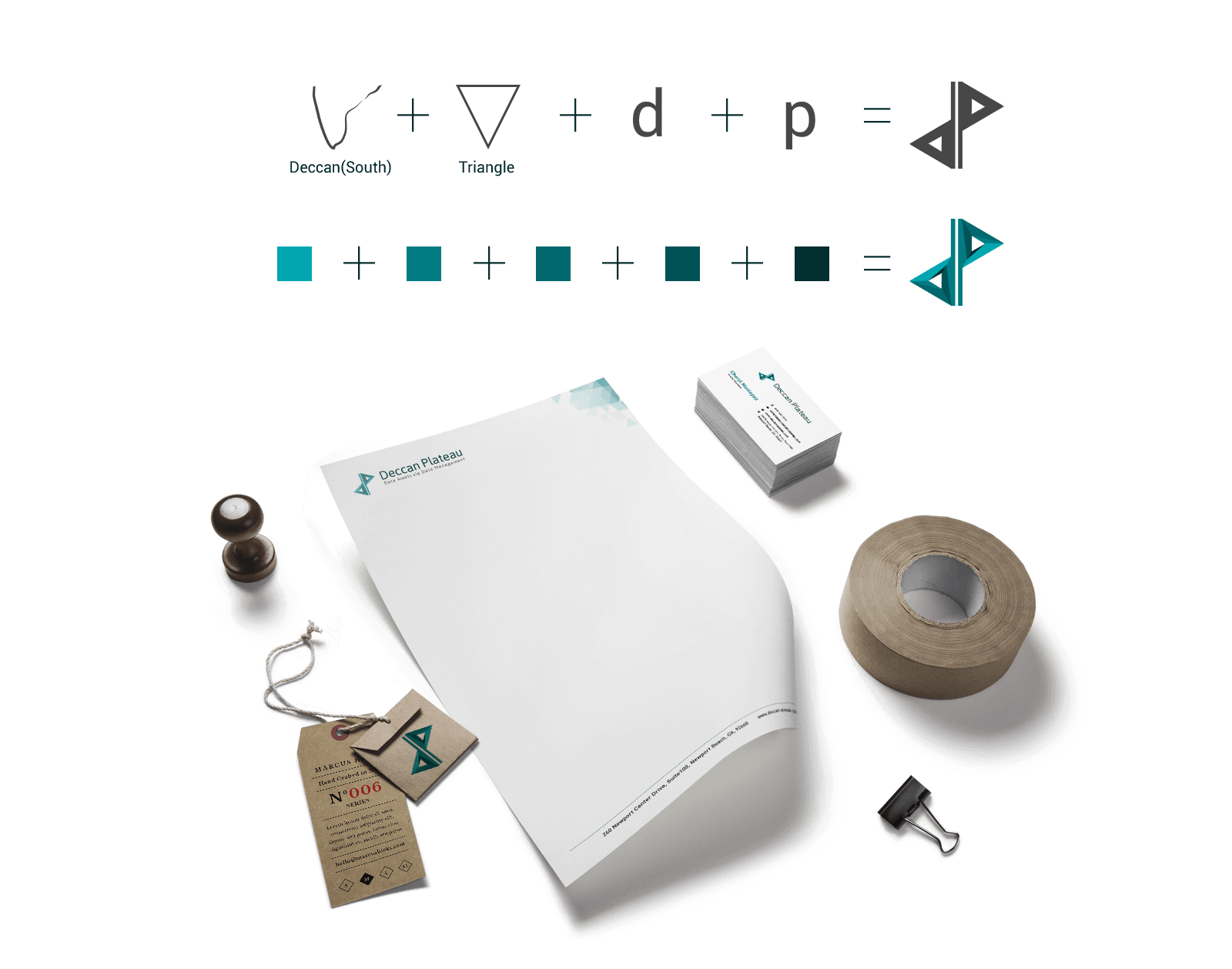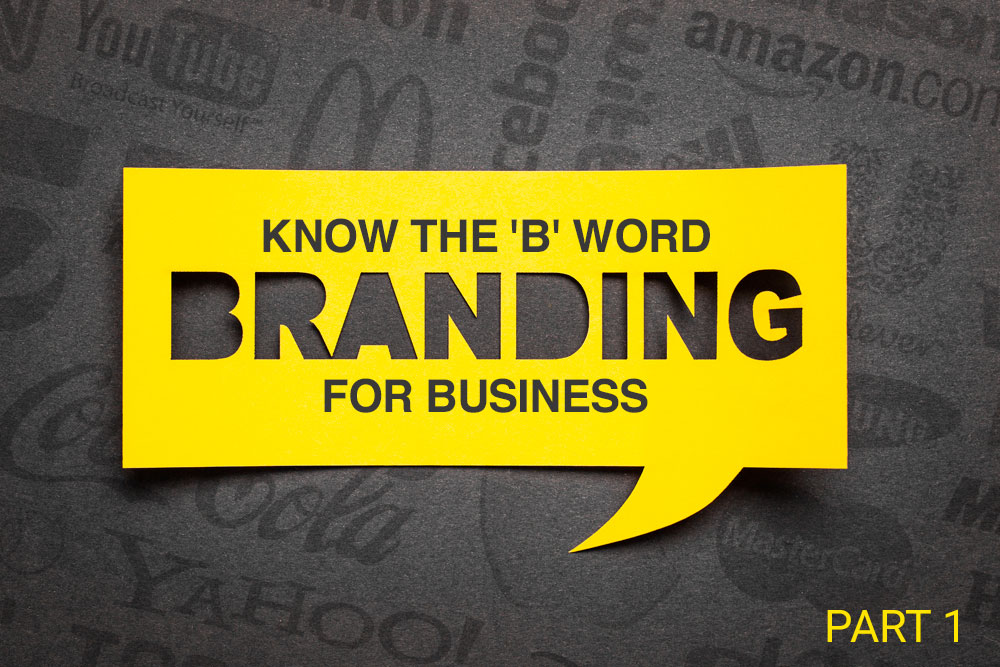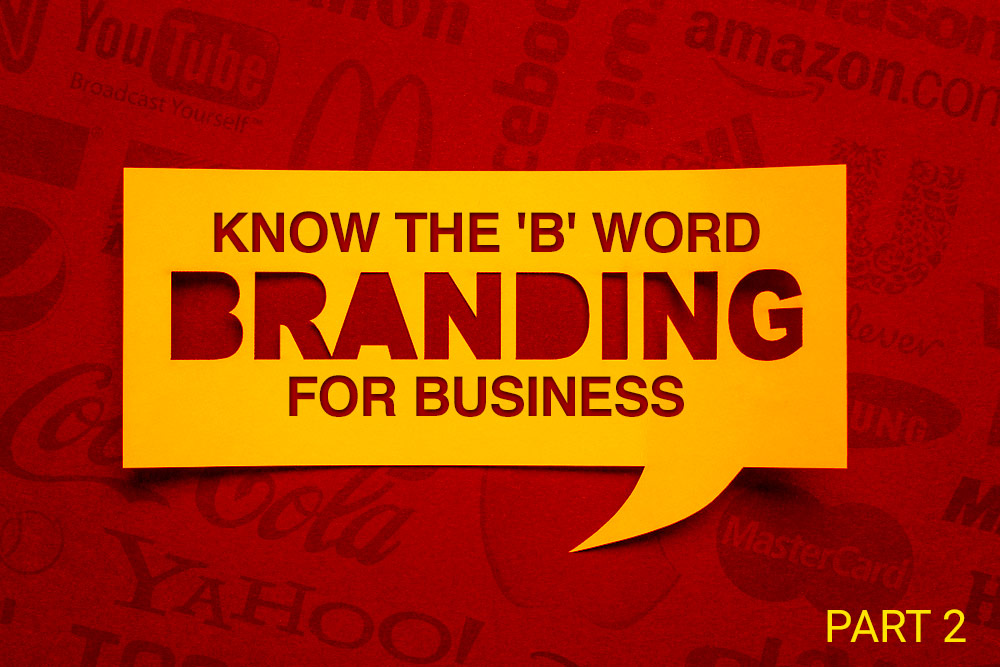A Branding Intro

Branding has always been around. From craze to culture; the power is phenomenal. We always game for branding, but do we know what it actually means? Let’s get on to the basics first. In simple words, branding defines the image, philosophy, and tone of a company or a product. Take into view the epic elements, say of, Apple’s logo or Taco Bell’s slogan and you will immediately relate to what all branding does. The series of articles here will bring to light the intricacies involved in the concept of branding and will unveil what it takes to build an effective and timeless brand. But before we get started to take note of these golden rules-
Know Your Audience

It is important to understand your audience. The people to whom you have got to communicate. For instance, a user looking for an email sorting app will be enticed with a completely different type of branding than that of an entertaining mobile game app. Recognize your target market; not only in the scope of demographics but also with regard to tastes. Will it be business-oriented or retro? Whatever be the case, once you know what your people want, you can easily build an identity that can attract attention and grow the business.
Ignorance is Crime
Your brand should be based on consistent lines. This implies that the graphics, copy and content, all should revolve around the same concept. It should be aptly customized to the choices of your target audience. If you opt for a sleek, tech- driven look, remember to go for angular yet readable font styles that enhance the modern design of the product. Also, try avoiding pastels and go for more dramatic colors in style. See to it that all the promotions, be it on emails or social media, match with the concept of identity.
Stay and Win
The key is to make your brand noticed. This can only happen if you venture out and take some risks. Let’s say you are creating a portfolio site, in this case choosing the monochrome look can work as it is flashy and can bring out the images well. In addition, you can even explore your creativity and craft an engrossing site where each element corresponds to a different time period or represent a landscape, whichever looks good.
An important piece of advice that you should follow is to always make a paper sketch of branding ideas so as to get an image of how they look on the page before they are put in the actual form. Consider the customer’s outlook while reviewing. Think whether the conceptualized brand identity and message will capture your interest or not? Do you match the brand’s target audience?
The Name Game
A Secret Behind A Brand Success

A poor name choice can be a huge miss for the brand. It is the era of technology, so brand naming has to be perfect as public opinions are very much influenced by the idea of first impressions and the performance of the search engines. Yes, brand loyalty is not just restricted to name itself, but we have to admit that the pull factor is definitely enhanced by well-thought brand names that impress different customers with varied mindsets. A big problem here is that the process of naming requires a lot of brainstorming and eats up a lot of time. A brand name, just like any other step in a business, requires effort and tremendous mind action to hit the bull’s eye and click with the audience. Picking something up randomly is easy, but has its own repercussions like defying trademark laws or confusing the right meaning. Choosing an appropriate brand name will save you all the trouble and money in the future. Remember, rebranding is not easy and puts your existing business in big risk. Below are some tips to help you in coining an effective name for your brand.
1. Expert Opinion
Choosing a brand name is a big task but there are numerous branding firms in the market to assist you in your challenge of coming up with the right name. Actually, it all depends on the budget you have. If you are ready to invest hugely, hiring a firm for the process is not a problem. At the end, it is your call if you want to team up with someone for help to undertake the work yourself.
2. The Target Goal
It is wise to decide a goal when it comes to the brand name. Think what you want to convey to the potential users. It must focus on your work and style. It should make you stand out from the crowd.
3. It’s Different
The best of the names in the market always connect emotionally in an instant with the audience and also bring to view the required information. Think from different angles. Contemplate what your competitors haven’t reached to yet.
4. Ward off Trademark Violations
There is already a flood of trademarks in the market, so make sure you check all the names best in the class to confirm that it hasn’t been used by any other person. Create your own word or name; this way any trademark won’t hurt you.
5. Image to Idea
Once you have shortlisted some specific names, build boards with a design for a particular brand name. By looking at the visual context, you can come up with the final name faster.
6. The Final Choice
Whatever be the criteria behind the decision, executive or democratic, you have to come up with a name that suits your business the best. After choosing the ideal name, you have to fix up the branding strategy with marketing and e-commerce strategy to influence the crowds in big numbers. The name will pull the masses given you perform within the dynamics of your brand name.
Check out Naminum, an online name generation tool
Brand Name Blunders

Bad names are already there in abundance, so as such it is difficult to pinpoint what can exactly harm a brand. Nevertheless, there are some features, which when united together can ruin a brand and churn out a poor brand name-
1. Face with the Wrong Image
One of the biggest branding blunders was made by Burger King when they bought in action an actor wearing a king mask for their advertisements. Now, they thought it will turn out to be humorous rather it turned out weird for the customers. Be particular while selecting the imagery to go along with your brand name.
2. Say No to Copying
Customers are smart. To acquire their trust, you have to be unique. If you copy other brands, they will assume that your services are also quite similar to these brands.
3. Careful with Puns
Vague or random names face a lot of criticism from the users. They are even more hated when they are deliberately tried to be converted to puns.
4. What’s with Spellings?
A brand name should be understandable as a word. Companies like Apple, Google, Twitter perfectly fall in the category as they have clarity with their names through proper spellings and simple preference. Think; is your name compatible in terms of pronunciation?
5. Thought Showers for Brand Naming
Beneath we have for you an easy-to-follow 6 step process so that you can brainstorm brilliant ideas for your brand-
6. Rivals
List all the names your rivals in the market are using for their products. Go for substitutes to these names. It is a great trick to chalk out outstanding options.
7. Features
Your product is of what value to the users? Think of verbs that can describe what your product actually does.
8. USPs
Describe the words that come to your mind when you think about all the physical attributes of your product.
9. Abstract
Write down the words that best relate to the feelings or emotions in regard to the product’s main functions.
10. Group Together
Think about a way in which you can combine the above points together to come up with words that can give form to a new name. Ponder over these combinations.
11. Synonyms
Consider synonyms for the top 25 choices that you have opted for in the points stated above. Try to come up with something catchy with your strongest ideas.
Creating a Brand Identity
Designing a logo is undoubtedly one of the fascinating projects for a designer. It can be challenging and intimidating to craft out logo styles that match with the market research and create a design genius by adding extraordinary elements in the process. Buckling down to the final, selecting the logo and then giving it out to the world can be a very satisfying experience for a designer. But, a logo is just not all about it. Large firms with higher levels of management have a systematic brand identity system that looks into the vision and tools and brings out a persuasive brand. But before we get into details, let us understand the difference between brand, identity, and a logo.
The Difference
A brand or branding is the apparent image and forms relative emotional connection to a company, its products or services. It also refers to the discussion that the users are having with each other about the company and how it attracts the potential customers. According to Seth Godin, ‘A brand is the set of expectations, memories, stories, and relationships that, taken together, account for a customer’s decision to choose one product or service over another’. If the user is not influenced to pay a premium or go for the product or give a reference to someone about it, then no brand value was created for the user.
An identity corresponds to the visual aids incorporated to symbolize the company. They use visual devices that are combined with style principles and used as a structure to make sure that the corporate image is stable and intact. Some of the visual devices that come into brand elements and style patterns are marketing, collateral, stationery, packaging, digital projects etc. A logo is the main, recognizable visual element that the customer identifies, shares and keeps in mind as company’s brand. Generally, it is by way of the icon, logotype or the mixture of the two.
Building an Identity
Crafting a brand’s visual identity is an interesting 3- step process as explained below-
Step 1
Research, Vision and Design Brief
Step 2
Logo, Identity and Guidelines
Step 3
Monitoring and Rebranding
Step 1: Vision and Design Brief
This stage is quite essential and detailed based on the extent of the research and size of the company. It is the most important part of the complete process and must give out a design brief that discloses the remaining project. Following are some basic questions and key features that should be considered while taking into account qualitative and quantitative methods of research-
- How is brand regarded in the eyes of the rivals in the market for the products and services you are interested in?
- What does the positioning statement cover? Include all the what, whom, where, why, when and how questions.
- What is the foundation of the fabrication process, the history of the ingredients and the heritage which the product entails?
- Who are you catering to? Are they digitally inclined? At what place will the products or services will come in contact with them? What are your expectations in terms of contact experience of the users with the brand?
- Are there any values and beliefs that the brand has about the business and the mission in the world?
- What kind of personality your brand can fit into if it was a person? What would the way be in which it would look, act and talk?
- How is the brand beneficial to the customers? What kind of vision do you want your brand to form?
- Other brand image parameters to consider the value to the consumer, emotional associations, market awareness, changed brand-consumer relationship etc.
It is crucial to have a design brief if the brand identity is larger than a designer working on a small scale business. A perfect design brief is such that states summaries from the research stage like the target audience, values, and missions, messaging goals and brand’s products and services areas. It must also cover project report, file formats for submission, budget, and other significant needs.
Step 2: Logo, Identity, and Guidelines
After the research stage is done and design brief has been drafted, the next step is to carve the logo and frame the identity system.
The Logo
There are varied methods to logo designing, but generally, designers prefer sketching out several iterations on the paper. The style of jotting down concepts on the paper and bringing out changes from those ideas bring to surface some innovative final solutions that otherwise won’t have arisen while starting on the computer. After choosing an amazing concept, start iterating them in the digital medium.
The Brand Identity System

After you are finished with the logo, then the identity system comes into the picture. The main reason behind identity system is to denote a visual language to the logo, the one that enhances the design power of the logo and brings into usage a set of dynamic, robust elements that will contribute in framing the marketing and business collateral.
The Style Guidelines

These contain and lay down the guidelines for logo usage, color palette, typeface system, layout rules and many others. They are present so that the companies can frame collateral and market materials that voice and give look to the brand. From long, style guidelines have been created as print and web-ready PDFs.
They form the base of the identity design along with a logo, fonts, templates and other devices all build to make designing little simpler. Style guidelines are detailed regulations about layout, logo usage, styling and thus, are useful to read through. The mandatory documentation required by a designer nowadays has ready to development files including Style Prototypes, SASS documentation, Element Collages, Style Tiles etc.
Examples of The Style Guidelines
Step 3: Monitoring and Rebranding
Okay, after a new brand identity takes to action, it is pivotal to tab and monitor it as it is an interactive thing that comes in contact with the users. Yes, you can’t leave the brand on its own.
As with time, the competition grows, target audience changes, the market develops, it is the need of the hour to reform the brand’s products and services or opt for rebranding.
Rebranding is tough as you need to have the element of familiarity and consistency so that the users don’t get confused and recognize you.
Hope the above article cleared the core meaning of the term branding and made you understand all the aspects of the strong branding elements. A brand name is not always a struggle provided you know how to brainstorm effectively and bring the best ideas to the forefront.
Logo designing is a vital step for every designer as it sets the ground for the identity system and gives an impression that a customer relates to the brand forever.
In the next part, we shall be learning about the brand relative color schemes and fonts that will help to bring out the message in the best way possible. We will also explore how to create brand applications so as to stand out from your competitors with the compelling personality of your brand.




